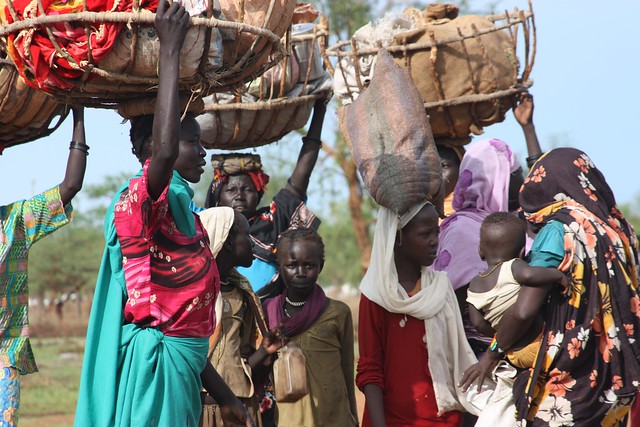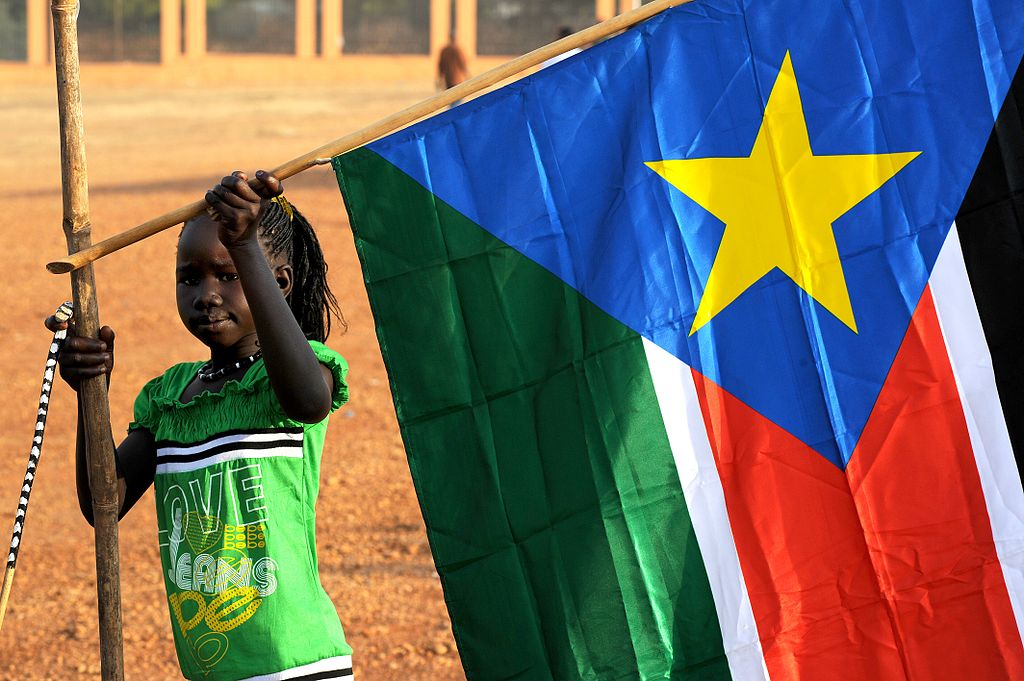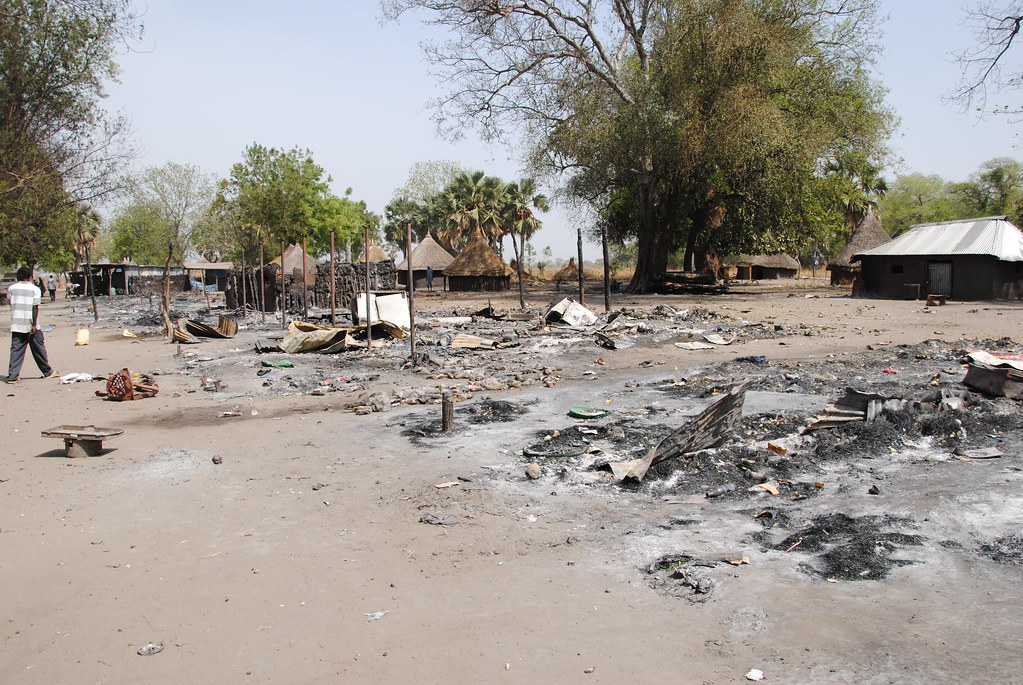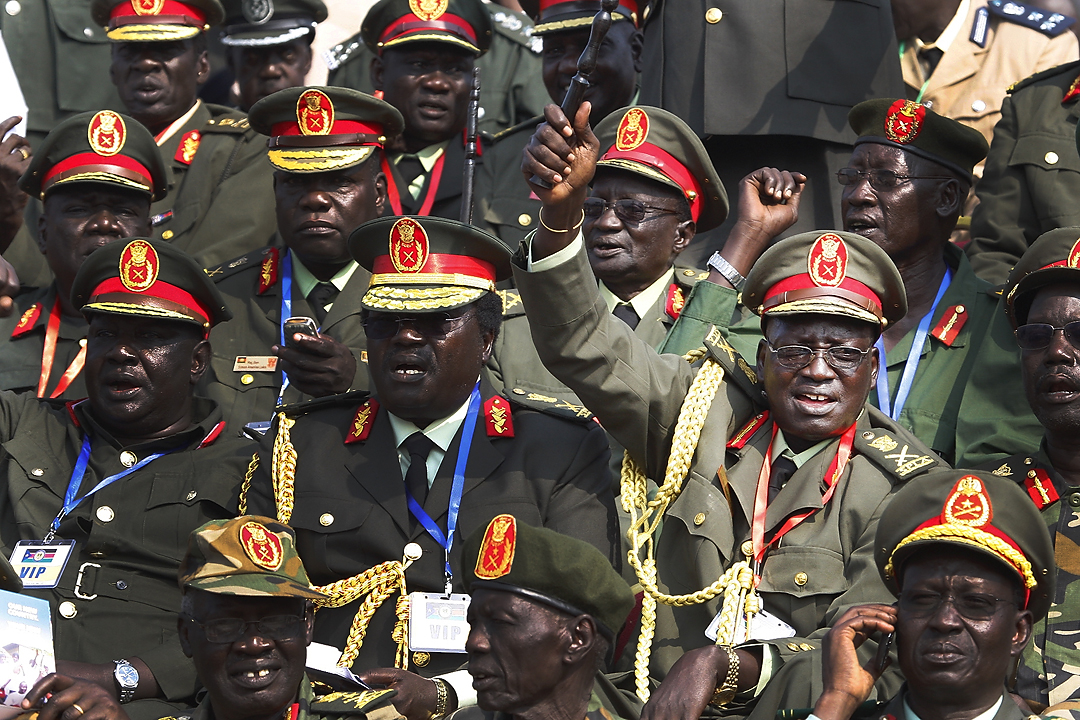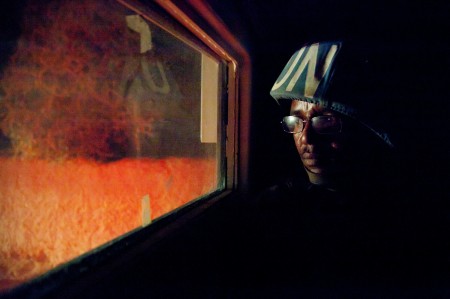
This article was originally published by the German Institute for International and Security Affairs (SWP) in April 2016.
The number of uniformed personnel serving in UN peace missions reached a new record in 2016, at almost 123,000. Following grave failings of UN missions in the Democratic Republic of the Congo and South Sudan, there is growing awareness within the UN of a widening disjoint between the expectations placed upon peacekeeping forces and what they can actually achieve. One aspect of the debate relates to the question of how robustly UN missions should operate in enforcing their mandate. In some quarters the resolute use of force is seen as the key to greater success. Almost three years ago the UN sent a Force Intervention Brigade to Congo with an explicit mandate to neutralise armed groups. An assessment of its record reveals that the brigade cannot be regarded as an organisational model worth replicating, and that peace-enforcing mandates do not necessarily lead to greater success in peacekeeping.
Three years ago, on 28 March 2013, the UN Security Council decided to send a 3,096-member Force Intervention Brigade (FIB) to eastern DR Congo (Resolution 2098). The move came in response to persistent difficulties in establishing peace in the region after the March 23 Movement (M23) was able to capture North Kivu’s provincial capital Goma in November 2012, unhindered by UN forces.

